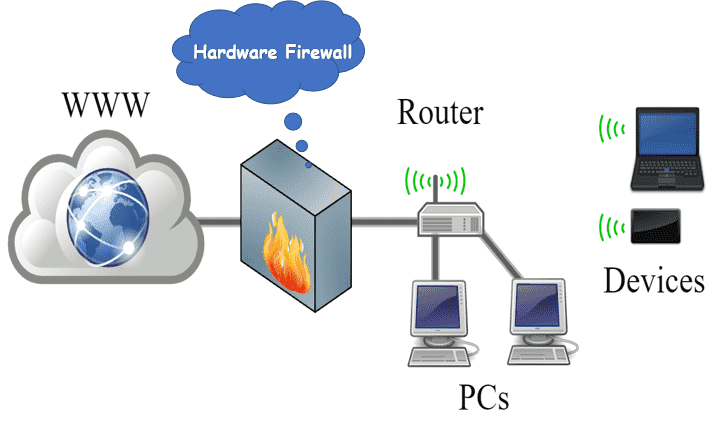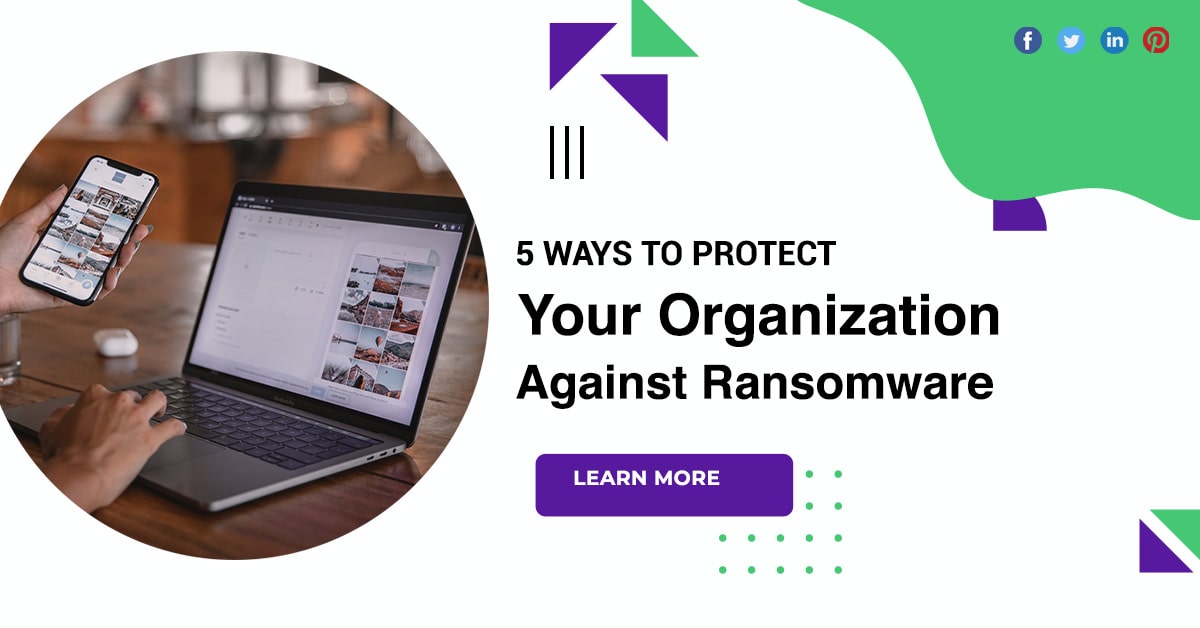5 Ways To Protect Your Organization Against Ransomware
Organization against ransomware is one of the most significant cybersecurity risks facing today. Last year’s attacks on Colonial Pipeline and JBS showed the true consequences of ransomware. They should be a wake-up call for organizations that don’t yet have a threat mitigation plan in place.
Organization against ransomware
But what exactly should you do?
We’ll help answer that question in this blog by providing five things you can do to protect your organization from ransomware.
How to protect yourself from ransomware?
Back up your systems regularly
The main goal of ransomware attacks is to take your data and lock you out of your systems. Now that they have a single copy of your information, its value increases dramatically, encouraging the victim to pay a significant amount to get it back. And of course, the threat of it being leaked online further entices organizations to pay. However, if you have backups of your data, you are not beholden to attackers. You can disconnect infected devices from the network, wipe them, and recreate them in a safe environment.

Apply patches as soon as they are released
Once a fix is announced, criminals are alerted to the weak spots, so you need to fix the issues as quickly as possible. You should look at both your operating system and your software, as weaknesses in both can be exploited for attacks. To manage this process, you should look at patch management and ensure that updates are applied automatically where possible.
Deploy firewalls
Although antivirus software helps protect your system from unwanted programs, a firewall primarily helps prevent attackers or external threats from accessing your system. You should look at hardware firewalls that protect your network from the outside and software firewalls that protect individual users’ computers.

Beware of managed service providers
If cybercriminals can’t breach your systems directly, they can do so through someone in your supply chain – and MSPs managed service providers pose a particular risk. This is because a successful attack can have a ripple effect across dozens, if not hundreds, of business networks. This is good news for attackers, because the more disruption they cause, the more pressure they put on the affected organization.
Prepare for social engineering attacks
Many ransomware infections start with infected attachments in phishing emails. Attackers impersonate the real sender such as a trusted organization or individual in an attempt to trick the recipient into opening the attachment. It’s one of the easiest ways to break into an organization’s systems because you don’t have to spend time looking for technological weaknesses if you can use someone who’s already inside. Training employees about phishing should already be high on your cybersecurity agenda, but you may also want to consider training employees specifically about ransomware risks.

What should you do if you are attacked?
As important as implementing measures to prevent ransomware attacks, it is equally important to consider what happens when something goes wrong. All it takes is one mistake to spell disaster – and when that happens, every second counts. You need to react quickly and proceed in a systematic and structured manner towards recovery.
Conclusion
You have a highly secure repository that can withstand ransomware attacks. Additionally, if ransomware somehow manages to infect your systems, you have backup and DR available to seamlessly restore your operations.









